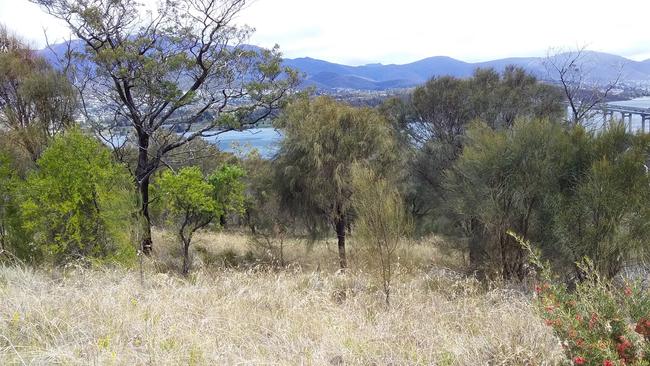Talking Point: Rosny Hill site a traffic conundrum
PETER EDWARDS says broader impact of vehicles has not been properly considered.

Opinion
Don't miss out on the headlines from Opinion. Followed categories will be added to My News.
TRAFFIC. It’s essential, but its impact can be all pervading and a scourge. In an increasingly fast-paced and globally oriented economy, traffic and traffic congestion adversely impacts quality of life and productivity.
It increases fuel consumption, the cost of traveller and goods movement, the number of crashes, and pollutants harmful to human health. It disrupts residential amenity and its accumulative effect of noise pollution is heard long distances away from its source.
As motorists, we are the problem. So, whenever we plan a development that will increase traffic, we need to ensure it is appropriate and the best option.
Take the recent conditional approval by Clarence City Council of an application for a hotel development on Rosny Hill Nature Recreation Reserve. A grand scheme, but on a small hill on public land surrounded by suburbia and narrow streets.
Increased traffic was mentioned at the council meeting, but what about the effects of traffic? The projected and most likely conservative traffic volumes may amount to a fourfold increase on that existing, to 750 vehicles a day, which could increase in time.
With 60 accommodation units, two large restaurants, a kiosk/cafe, bars, regular service vehicles, tourist buses, staffing, visitors, and wedding receptions, there could be a maximum of 500 people or more on the hill at any one time. But the Traffic Impact Analyses only took into account the local area of Rosny. Surely, not to account for the obvious dramatic effects on outlying roads and areas such as Rosny Hill Rd, the Tasman Highway, Tasman Bridge, Eastlands Shopping Centre and Kangaroo Bay including Rosny College is shortsighted? And there would be many effects. Rosny Hill Reserve is a confined space with limited entry and egress. Every New Year’s Eve motorists drive to the hilltop to view the fireworks, resulting in congestion. Is that a glimpse of what could be regularly caused by a hotel in this environment? In addition, there are plans for 140 parking bays for the hotel, given the limited area available, but what if 300 motorists wanted parking? And when motorists get frustrated by congestion, they resort to “rat running” or taking short cuts via different routes such as, in this case, travelling through Rose Bay and Montagu Bay, past a primary school and creche.
Traffic management plans simply try to give some order to the new chaos, whereby affected residents bear the costs in order that others not directly affected such as the developer, partners, and future patrons, may benefit. A Traffic Impact Analysis must serve to principally determine all effects of the increases, and even later increases in the volumes of traffic.
I do not speak for the community overwhelmingly opposing any hotel, but last July a master plan “Re-Imagining Rosny Hill Reserve” consisting of a Stage 1 quality viewing area, pop-up coffee, playground, and a Stage 2 cafe was formally presented to the Clarence City Council. Such a development, with further enhancements, would result in a modest rise in traffic, as well as delivering other positive outcomes for council, community and visitors. From an economic point of view, and given that hotels demand major events to stay profitable, traffic demand would exceed supply if a hotel were built. The traffic impact on the local and outlying areas should deem a hotel unworkable and inappropriate.
The costs of adverse impacts from traffic must be weighed against the benefits. All parties need to consider the total effects of increased traffic generated by a hotel in the small Rosny Hill Nature Recreation Reserve.
Peter Edwards has traffic administration qualifications and traffic engineering experience over 12 years as a paraprofessional engineer and administrator. He is a former chairman of Business East on Hobart’s Eastern Shore


